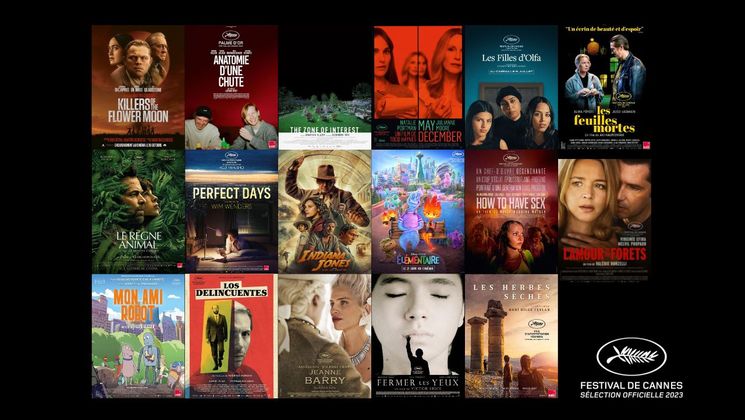
Asif Kapadia on the trail of Diego Maradona

Nine years after Senna, Asif Kapadia explores the personality of another South American sporting legend, the footballer Diego Maradona. The director takes a look back at the beginnings of this documentary based on the Neapolitan years of the "Pibe de oro".
What did you know about Maradona before working on this documentary?
I'm a huge football fan and I knew who Maradona was as a player. I remember him winning the World Cup in 1986. Around 1997, I read an excellent book about him. I was fascinated by his incredible journey from such a poor background to the top of the world. At the time I was still at film school, but I remember thinking: wouldn’t it be amazing one day to make a film about Maradona?
When did this idea become a reality?
In 2012, after I had directed Senna, my producer Paul Martin told me he had access to a lot of private footage shot while Diego Maradona was playing in Naples. I saw a short clip of it and it looked really interesting. But I wasn’t ready to make a film about another great Latin American sporting hero. Years passed and after Amy (2015), the time was right. My producers made a deal with Diego’s representatives. l had access to this amazing, huge personal archive of footage shot of Diego Maradona while he was in his prime.
Why did you choose to focus on that part of Maradona's life?
We decided to focus on the section of his life which was the most intense, both as a man and as a footballer. While living in the incredible, chaotic, passionate city of Naples, Diego Maradona rose to the top, becoming undisputedly the greatest player in the world. But also it was in Naples where his personal problems and issues with addiction really began to accelerate and spiral out of control.
How involved has Diego Maradona been in the making process?
His involvement was key. Without Diego Maradona being officially on board this project, we could never have licensed the footage and probably no one close to Maradona, past or present, would have spoken to me. I met and interviewed Diego Maradona many times, over about 18 months at his home in Dubai. Our relationship was very good. I wanted him to be in a good frame of mind to speak honestly, but even with the best laid plans, it was not exactly simple when it came to discussing some of the more challenging aspects of his actions and private life.
What is the most unique footage you used?
The most unique footage was shot on an old video format by two Argentinian cameramen who were hired by Diego’s first agent in the early 80’s. His intention was to make a feature film for the big screen. These two cameramen followed Diego from as a kid playing for Boca Juniors in Argentina. But the film was never completed. So our film is the completion of the film which began shooting in Buenos Aires in 1980, with a 20 year-old Diego.
What did you learn from the footage?
There are two different sides to Diego Maradona. He can be charming but he also has an edge. He’s a street guy, from a tough place. He needs to have someone or something to fight against. That’s his motivation. Just when you think Maradona is down and out, he bounces back. Diego Maradona’s story is one of death and resurrection. This idea is at the heart of our film.
What was the biggest challenge you had to face during the process?
The key players spoke Spanish, Italian or a Neapolitan dialect. So it was very difficult for me to build up a direct personal relationship with Diego and the key contributors. Luckily, I worked closely with two brilliant archive producers, Lina Caicedo and Fiammetta Luino, who I could rely on. They created links, set up the interviews, translated for me, they got access to the archive and finally closed the deals. In total, my team and I conducted about 80 interviews in Spanish, Italian, French and English.
Is it harder to tell the story of a celebrity who's still alive?
Yes, it’s a very different challenge. Particularly as Maradona's story keeps going, developing and changing. One of the biggest difficulties was figuring out where the film would end. This film has a different feeling and tone to Senna and Amy because Maradona is a very different character.
Could you say a quick word about the editing process?
The editing process was long and difficult. It was a challenge not only because of the amount of content and the complexity of the central character Diego, but also because to the issue this film is primarily in Spanish and Italian, which neither my editor Chris nor I spoke. With this project, Chris and I were probably locked in a darkness for about two years.


